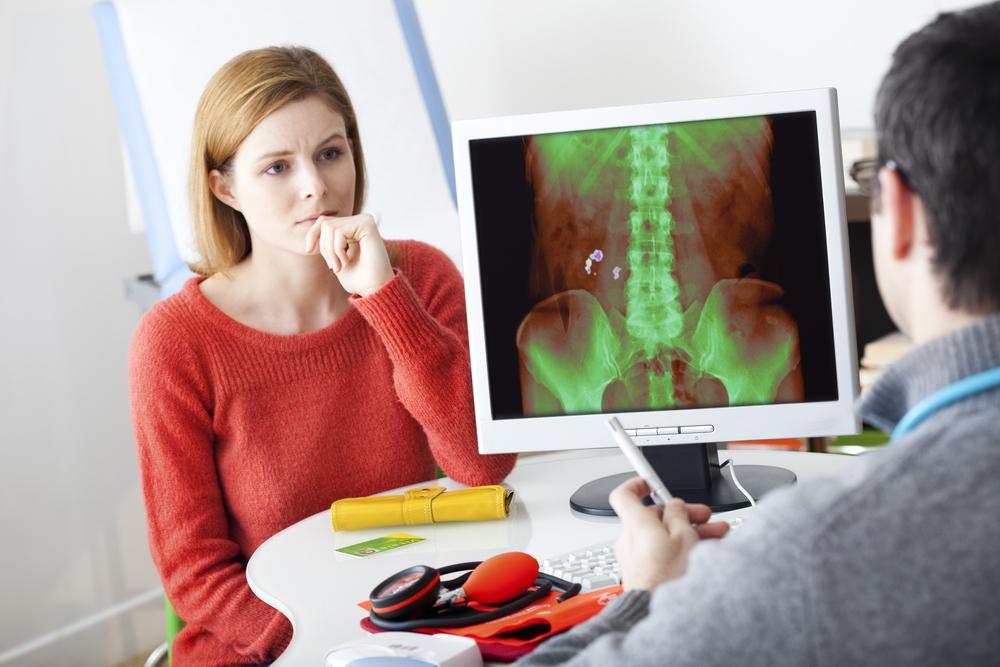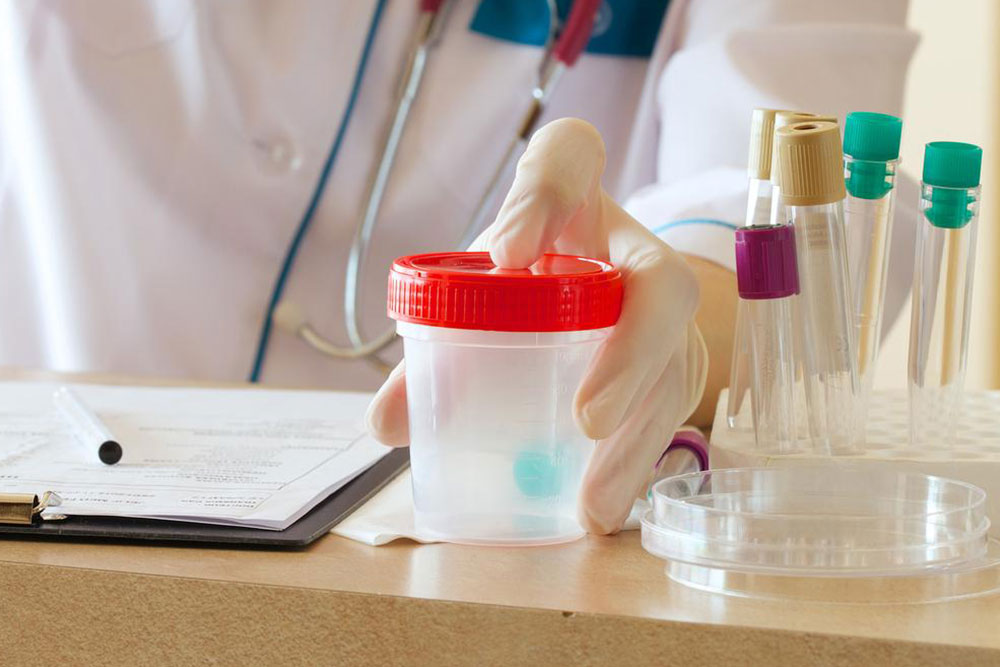Comprehensive Guide to Recognizing and Managing Kidney Cysts for Better Kidney Health
This comprehensive article explores kidney cysts, including types, symptoms, diagnosis, and treatment options. It emphasizes the importance of early detection, monitoring, and personalized management strategies to maintain healthy kidneys and prevent complications. Ideal for patients and healthcare providers, this guide provides detailed insights into handling kidney cysts effectively, whether simple or polycystic disease.

Kidney cysts are sac-like structures filled with fluid that can develop within the kidneys. These cysts are quite common, especially as individuals age, and may occur in one or both kidneys. Understanding the types, symptoms, diagnosis, and treatment options for kidney cysts is essential for maintaining optimal renal health and preventing potential complications. This comprehensive guide aims to provide detailed information on kidney cysts, helping patients and healthcare providers make informed decisions about diagnosis and management strategies.
Kidney cysts are primarily classified into two categories: simple cysts and polycystic kidney disease. Simple kidney cysts are typically benign, meaning they pose little or no threat to kidney function. These cysts are usually small, round or oval, and filled with a clear liquid. They are often discovered incidentally during imaging tests such as ultrasounds or CT scans performed for unrelated health issues. Most of the time, simple cysts do not cause symptoms and tend to remain stable over time. However, periodic monitoring is recommended to ensure they do not enlarge or cause problems.
On the other hand, polycystic kidney disease (PKD) is an inherited genetic disorder characterized by the development of numerous cysts in both kidneys. Over time, these cysts can grow and expand, causing the kidneys to enlarge considerably. PKD can lead to significant health issues, including high blood pressure, kidney infections, and ultimately, kidney failure if not managed properly. Symptoms of polycystic kidney disease may include persistent flank pain, blood in urine (hematuria), episodes of urinary tract infections, and hypertension. Early diagnosis and ongoing management are vital to slow the progression and improve quality of life for affected individuals.
Diagnosing kidney cysts involves a combination of laboratory tests and imaging studies. Blood tests evaluate kidney function parameters, such as serum creatinine and blood urea nitrogen (BUN), to assess how well the kidneys are working. Urinalysis helps detect abnormalities like blood or protein in the urine, which could signal underlying issues. Imaging modalities such as ultrasound are typically the first-line diagnostic tools because they are non-invasive, accessible, and cost-effective. Ultrasound can identify cyst presence, size, and number. For more detailed assessment, computed tomography (CT) scans or magnetic resonance imaging (MRI) can provide high-resolution images, helping differentiate simple cysts from more complex or potentially malignant lesions.
The management of kidney cysts depends largely on their size, symptoms, and potential for causing complications. Small, asymptomatic cysts often require no immediate treatment but should be monitored regularly—usually annually—to detect any changes in size or characteristics. Larger cysts or those causing symptoms may necessitate intervention. One common minimally invasive procedure is sclerotherapy, where the cyst's fluid is drained using a needle, and the cyst wall is treated with a sclerosing agent to prevent recurrence. Surgical options might include cyst removal via laparoscopy or, in some cases, partial or complete removal of the affected kidney, especially if the cysts are complex, suspicious, or causing significant symptoms.
Preventive strategies include regular health check-ups, blood pressure control, and maintaining a healthy lifestyle. For individuals with polycystic kidney disease, genetic counseling and proactive management are essential to slow disease progression. Early detection through routine imaging can help identify cysts early, allowing for interventions that preserve kidney function. Additionally, managing associated health issues such as hypertension and infections can positively influence outcomes.
In conclusion, recognizing the differences between simple kidney cysts and polycystic kidney disease is crucial for proper management. Utilizing appropriate diagnostic tools and adopting tailored treatment approaches can help safeguard kidney health, prevent complications, and improve quality of life. Whether monitoring small, symptomless cysts or treating larger, symptomatic ones, collaboration between patients and healthcare providers plays a pivotal role in effective kidney cyst management.





